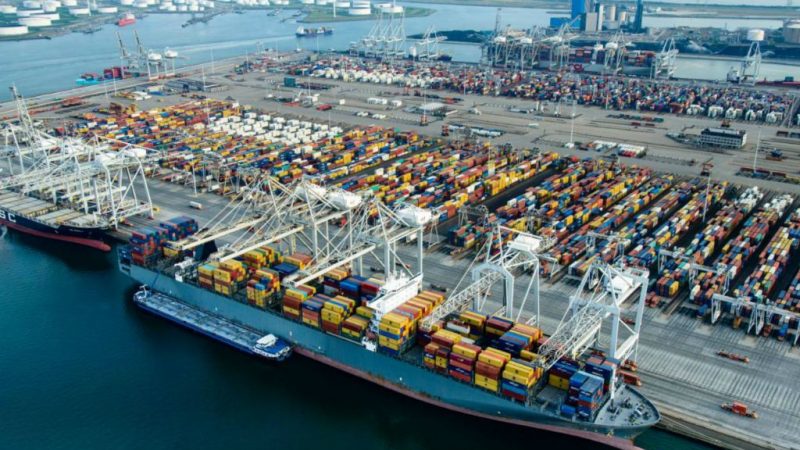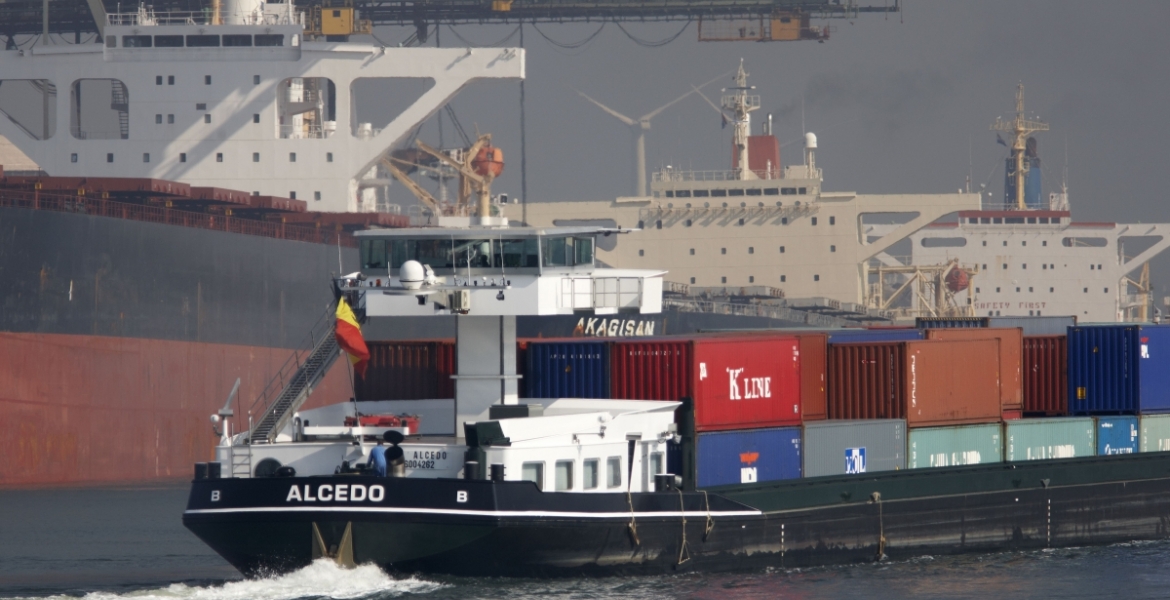What is Intermodal Transport?
Intermodal logistics refers to the use of multiple modes of transportation (e.g., truck, rail, barge) to move cargo from one point to another. Instead of relying on just one transport method, intermodal transport combines several to create a more efficient, flexible, and cost-effective journey for your goods. This allows you to leverage the best features of each mode, improving service levels, reducing costs, and minimizing emissions.
For example, you could start by shipping goods via ocean freight to a port, then transfer them to trucks, trains, or barges to cover the inland distance to their final destination. It’s all about choosing the right combination of transport modes to meet your business needs.
The Benefits of Intermodal Logistics
1. Flexibility and Options
One of the key advantages of intermodal transport is the flexibility it offers. You’re not limited to a single mode of transport. Instead, you can mix and match modes depending on the specific needs of your shipment, such as delivery time, budget, and environmental impact.
For example:
-
If you need to get goods to a remote location, a truck might be your best bet.
-
For longer distances, a train or barge could offer more efficiency at a lower cost.
-
If you’re working on a tight schedule, air freight can complement your intermodal options.
2. Environmentally-Friendly Choices
At 7conbooking, we know that reducing greenhouse gas (GHG) emissions is more important than ever. Intermodal transport helps you achieve this by offering options that can reduce your carbon footprint.
For instance:
-
Rail and barge transport are far more energy-efficient than trucking, producing significantly fewer emissions per ton-mile.
-
By shifting long-haul trucking to train or water-based options, you can cut emissions while still meeting your delivery timelines.
By carefully selecting the right combination of transport modes, you can reduce your environmental impact while keeping your supply chain running smoothly.
3. Cost-Effectiveness
Intermodal transport can also be cost-effective. Instead of relying solely on expensive options like air freight or long-haul trucking, you can choose the most efficient modes for each leg of your journey. For example:
- Trains can carry large quantities of cargo over long distances at a lower cost than trucks.
- Barges can offer a low-cost alternative for moving goods along waterways, especially when transporting large volumes.
Choosing the right combination of transport modes can help you optimize costs without sacrificing service or reliability.
4. Reliability and Risk Management
In any supply chain, disruptions can happen. But intermodal logistics offer flexibility in managing risks. If one mode of transport experiences a delay (like a train delay or a traffic jam affecting trucks), your goods can be seamlessly transferred to another mode. This ensures that your shipment keeps moving, minimizing the impact of disruptions.
For example:
- If a train is delayed, your goods can be transferred to a truck to continue the journey.
- If weather conditions affect barge transport, you can switch to rail.
This flexibility ensures that you can keep your supply chain running smoothly, even when the unexpected happens.

